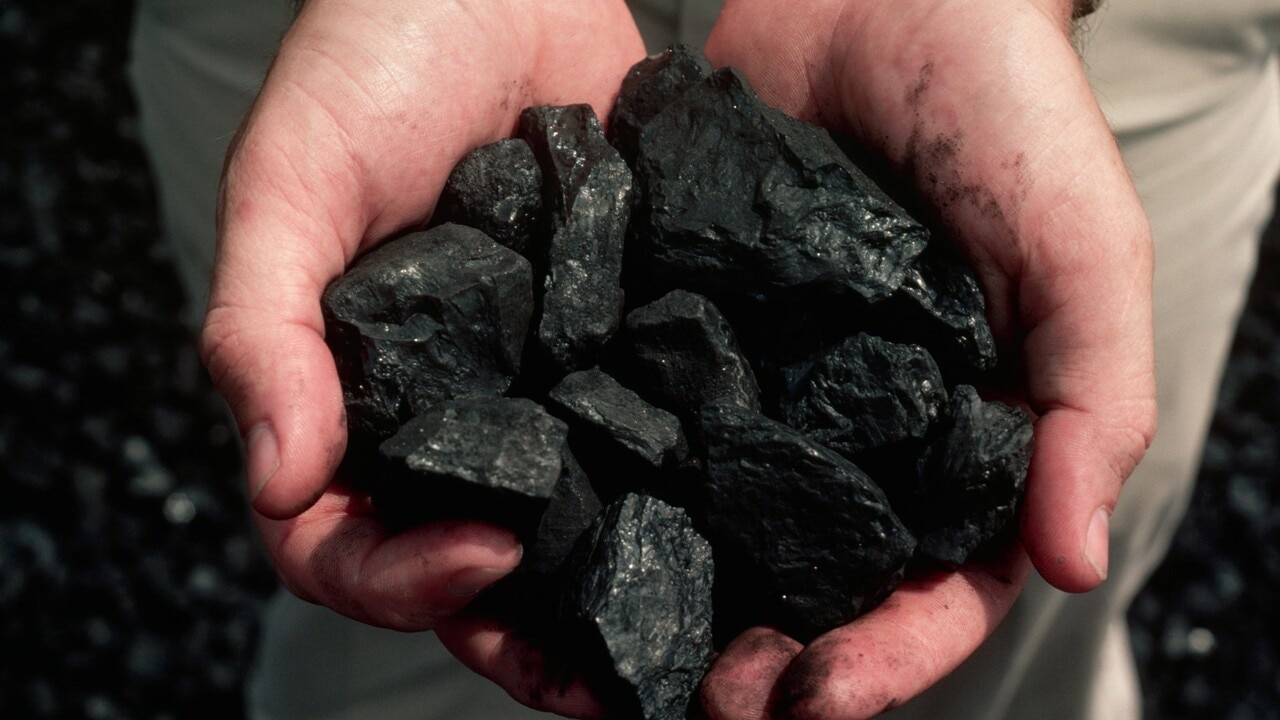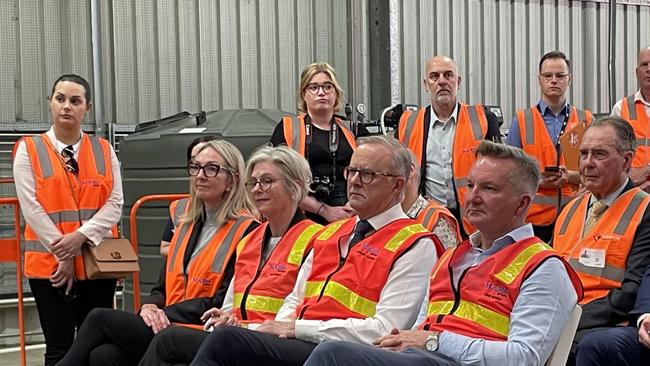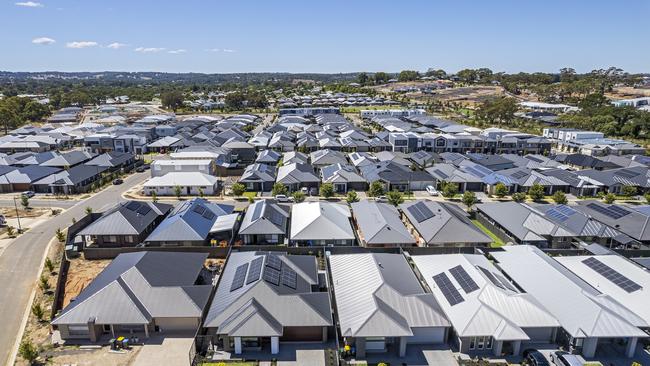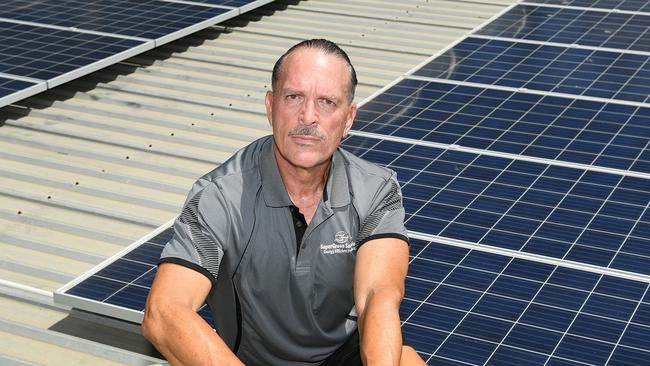
We now have financial details of the project from one of Australia’s leading cost assessors, Frontier Economics.
When last July Chris Bowen announced that $122bn would be needed for his renewables program to 2050 he did not include around $100bn in essential costs including an artificial economic return boosting mechanism. But that’s turned out to be just the start.

The Bowen calculations are based on “net present value”, or NPV, which involves calculating the final cost and adjusting it back to the current dollars. But commercial infrastructure projections work on what will actually be outlaid. Frontier have now done those outlay calculations to 2050 for the governments and now the public.
Frontier calculate that the nation faces a $650bn outlay to 2050.
On my calculations, by 2050 much of that $650bn investment must be scrapped. We then start again because the renewable facilities have a limited life. It is a potential national disaster and the consequent huge power price rises created by the $650bn cost will destroy the economies of Victoria and NSW, including their social welfare programs. There are better ways to reach zero emissions, and we must find them or follow the US under Trump.
This disaster has been created because Bowen and the state ministers did not start with a budget. Instead, they set out their aims with no idea of the cost. And they actually started constructing without a proper cost plan.
It is possible that the protests by farmers and landholders attempting to stop the hated networks being constructed will delay the projects sufficiently to avoid the worst of the disaster, so enabling a better plan to be worked out.
I was alerted to the Bowen error and the $650bn looming outlay by Shadow Minister for Energy Ted O’Brien when in a public speech on Friday claimed there was a hole in the Bowen figures that was much greater than $100bn.
Because of the national importance, the nation must look at just how a $122bn project becomes $650bn and then must be substantially replaced between 2050 and 2075.
To understand how Bowen and the states got it wrong, and we ended up with a $650bn “temporary” project, I have to take you back to a series of decisions made by federal and state governments. First a decision was made that Australia should be 82 per cent renewables – wind, solar, hydro and batteries – by 2030.
Second, when the costs and returns were added up the cost of some of the renewable investments, including some transmission lines, could not be justified.
So, the state and federal governments devised a system which I would call “rigging the books”. But they would justify it by saying carbon savings had a value which must be counted in the project.

And so, a transmission network hypothetically costing $100m would be given a carbon credit, which would reduce its “cost” substantially and justify investment. Frontier calculates that some $80bn of the $650bn came from these carbon credits.
The carbon credits made uneconomic projects economic.
But of course, the bunnies – Australian consumers and industry – don’t get the credits, so must pay the full amount via electricity costs and/or taxpayer subsidies.
Then Bowen and the state ministers put forward futuristic demand projections which included substantial amounts of power required for green hydrogen and a huge up take of electric cars of around 97 per cent. Because electric electricity prices set to skyrocket to fund the $650bn outlay, Australians will not be able to afford electric cars.
And the price of electricity will drive industries wanting to use the network out of the country. Green hydrogen looks like a mirage. That means that the $650bn estimated cost will give us too much power capacity, further boosting future power prices.
It's true huge amounts of power will be required for artificial intelligence and data storage, but the big companies involved in this industry are usually not using the national networks overseas and certainly will not do it in Australia. They set up their own power generation, usually via nuclear, and if they’re not allowed to use nuclear in Australia they will simply invest in offshore storage and computer management. The large corporations do their sums (not Bowen’s) and nuclear is far cheaper.
At the next election, voters will need it to decide whether Bowen or the large corporations like Amazon have done the correct nuclear sums. O’Brien and the Coalition say nuclear is part of the solution.
Frontier do not tackle the nuclear issue but use the assumptions and requirements set out by the Australian Energy Market Operator. They do not make recommendations but have been commissioned to work out the best way to achieve the rules set by Bowen and the state ministers.
Accordingly, the AEMO set up a production grid that would be required to achieve the aims of Bowen and the state governments. Coal was phased out by 2050. Again under the rules endorsed by Bowen and the state governments gas becomes vital in providing the power that is not generated by renewables. Huge amounts of gas will be required under the plan and are costed in the Frontier sums.
That means either we either use Victoria’s immense low cost gas reserves, overcome the NSW gas mess, turn to South Australia and/or pipe the gas down from Beetaloo in Northern Territory. The Victorian government has endorsed the use of massive gas generators but find it politically impossible to drill the wells required to make sure its immense gas reserves are permeable.

Frontier’s $650bn calculation included both construction and operating costs. I do not estimate how much of the $650bn must be replaced after 2050. They do their sums on the basis of real outlays. They also provide NPV equivalents in some areas.
Frontier calculations does not factor in WA and Northern Territory.
Frontier give very detailed estimates of all the various contributors to the costs and among the big figures are onshore wind $202bn; Offshore wind $54bn; solar $39bn – pumped hydro $14bn; utilities storage $31bn. In all – the capital costs are $350bn. The remainder of the $650bn are led by operating costs and carbon credit rigging.
Now the real figures are out, they can’t be concealed by using NPV figures.






Since Federation, Australian ministers on both sides of the parliament have made major mistakes and misleading statements. But nothing in our history matches the looming renewable energy conversion financial disaster.